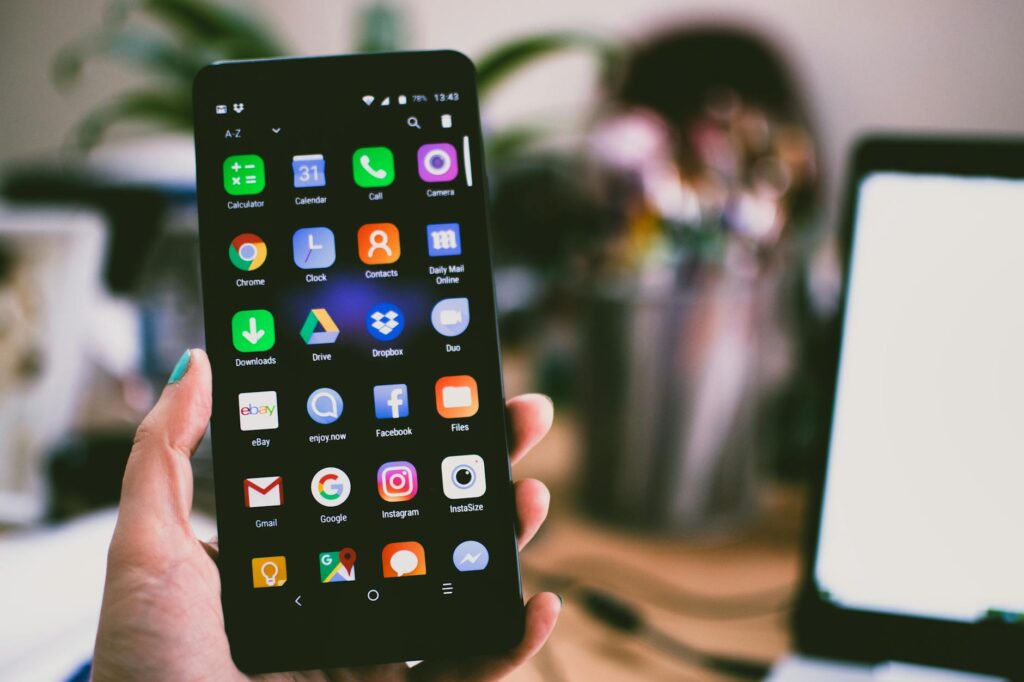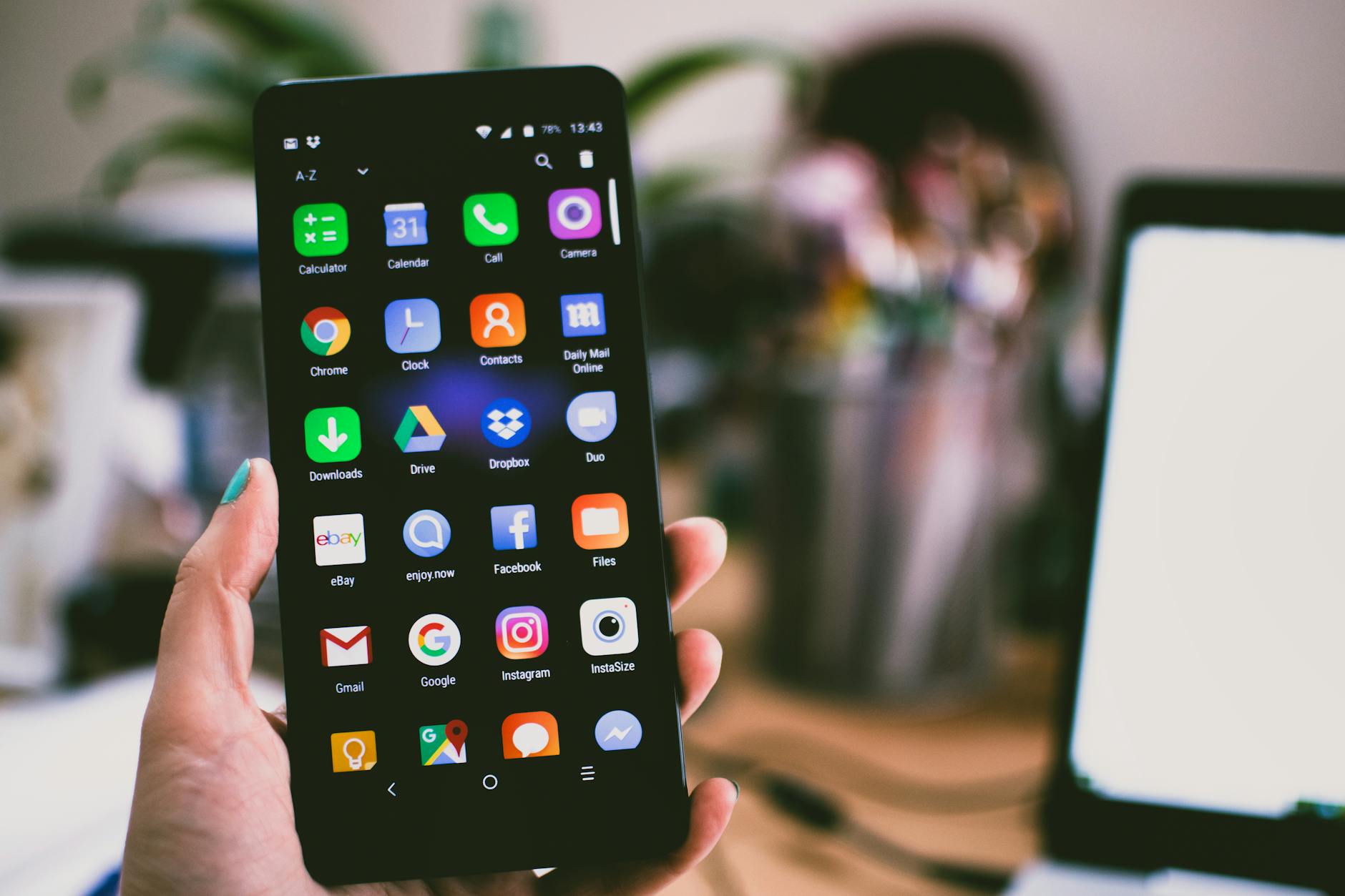What is digital wellbeing apps?

What is digital wellbeing apps?
In our fast-paced, tech-driven world, the concept of digital wellbeing is more important than ever. With technology permeating almost every aspect of our lives, it’s crucial to understand how to maintain a healthy relationship with our devices. This is where digital wellbeing apps come into play, offering solutions to help us manage our screen time, enhance productivity, and improve our mental health.
Understanding Digital Wellbeing
Digital wellbeing refers to the idea of using technology in a way that supports a healthy lifestyle. It’s about balancing the positives of tech—like staying connected and accessing information—with the potential downsides, such as screen addiction and information overload. In today’s world, finding this balance has become essential for our mental and emotional health.
What Are Digital Wellbeing Apps?
Digital wellbeing apps are tools designed to help users monitor and manage their technology usage. They come packed with features that promote mindful engagement with devices. For instance, apps can track screen time, send reminders to take breaks, or even block distracting sites during certain hours. Popular examples include Google’s Digital Wellbeing tools, which offer insights into your digital habits.

Photo by Lisa Fotios
The Importance of Digital Wellbeing
Managing digital consumption is crucial for mental health and productivity. When we engage with technology mindlessly, it can lead to stress, anxiety, and decreased focus. By implementing digital wellbeing practices, individuals can create healthier habits that bolster their overall well-being. Research indicates that prioritizing digital wellness can enhance productivity and lead to a more balanced life (NCBI).
Types of Digital Wellbeing Apps
Digital wellbeing apps come in various forms, each serving unique functions to support users in their quest for balance.
Screen Time Management Apps
These apps help you keep track of how much time you’re spending on your devices. They often feature customizable alerts to remind you when you’ve reached your usage limit. Apps like Attentive focus on creating healthier smartphone habits by providing insights on usage patterns.
Mindfulness and Meditation Apps
Mindfulness apps guide users through meditation exercises, helping to reduce stress and increase focus. These apps often include audio tracks, guided sessions, and progress trackers, making it easier for users to incorporate mindfulness into their daily routine. Notable mentions include Headspace and Calm, which offer diverse content tailored to different needs.
Focus and Productivity Apps
These applications are aimed at enhancing concentration and managing tasks more effectively. They often employ techniques such as the Pomodoro Technique, which breaks work into intervals, allowing for short breaks in between. Apps like Forest and Todoist can help you stay on task and prioritize your duties effectively.
Benefits of Using Digital Wellbeing Apps
Incorporating digital wellbeing apps into your daily life offers numerous advantages.
Enhancing Work-Life Balance
Digital wellbeing apps assist in establishing boundaries between work and personal time. By setting specific hours for work-related tasks, you’re less likely to be interrupted by notifications and distractions after hours. This leads to a healthier balance, allowing you to recharge and focus on personal interests.
Improving Mental Health
Using digital wellbeing apps can significantly impact mental health. By promoting mindful tech usage, these apps help reduce anxiety and improve overall emotional wellness. Studies show that individuals who practice digital wellness are more likely to experience lower stress levels and improved mood (Pacific Prime).
Choosing the Right Digital Wellbeing Apps
Finding the right digital wellbeing app can be a game-changer. However, it’s essential to assess your personal needs before diving into the options available.
Assessing Personal Needs and Goals
Before selecting a digital wellbeing app, consider what you hope to achieve. Do you want to decrease screen time? Enhance focus? Or perhaps improve your mindfulness? Understanding your goals will help you choose the app that aligns best with your needs.
Key Features to Look For
When evaluating digital wellbeing apps, keep an eye out for features that enhance usability and effectiveness. Look for apps that offer:
- Customizable notifications: Tailor alerts to your preferences.
- User-friendly interfaces: Easy navigation keeps you engaged.
- Comprehensive tracking: Detailed insights into your habits can guide improvements.
Conclusion
Digital wellbeing apps are invaluable tools in today’s tech-centric world. They help us cultivate a healthier relationship with our devices, ultimately leading to improved mental health and productivity. By exploring and experimenting with various apps, you can find the ones that best suit your lifestyle. Embrace the journey towards better digital wellbeing—you’ll find that it not only enhances your daily life but also helps you reconnect with what truly matters.